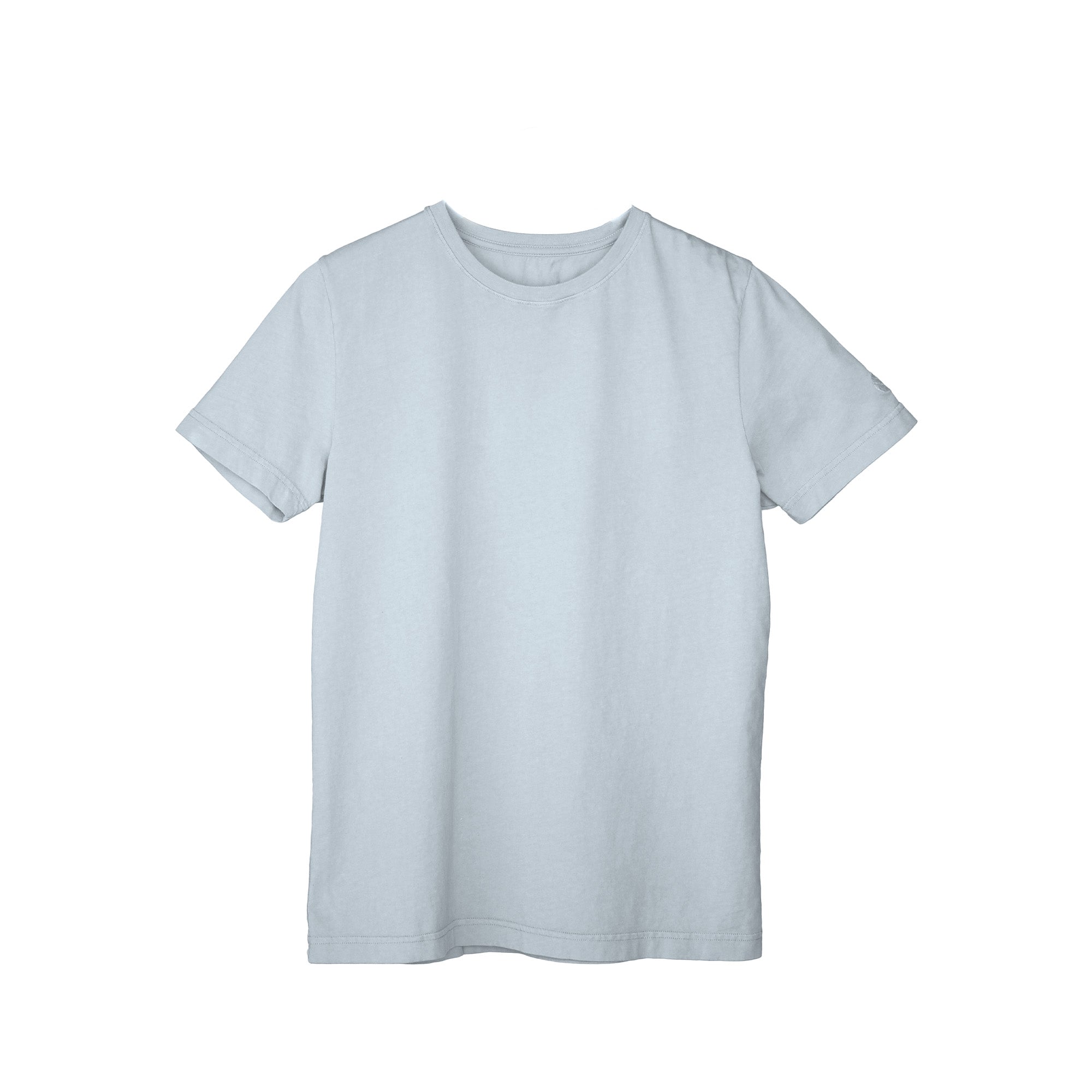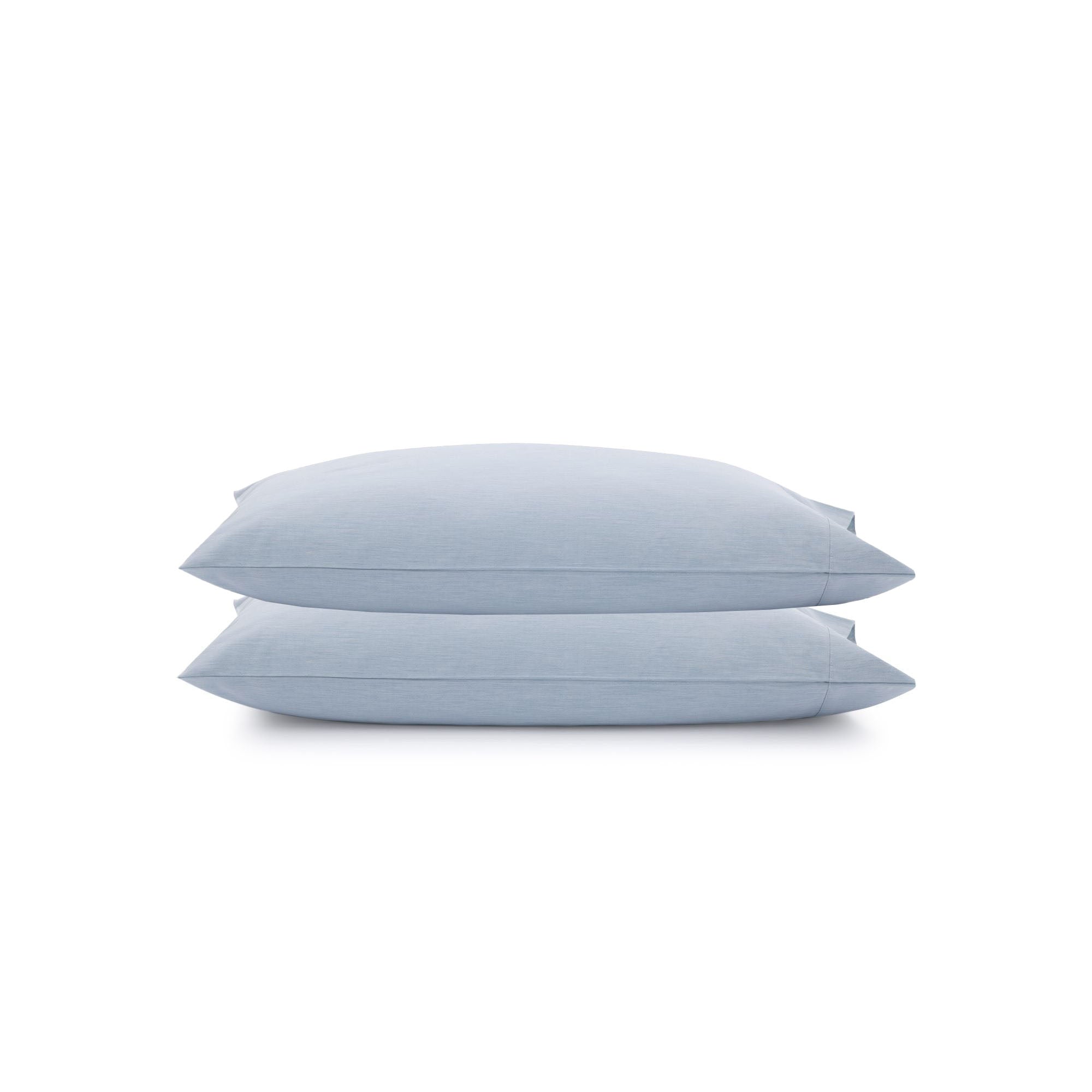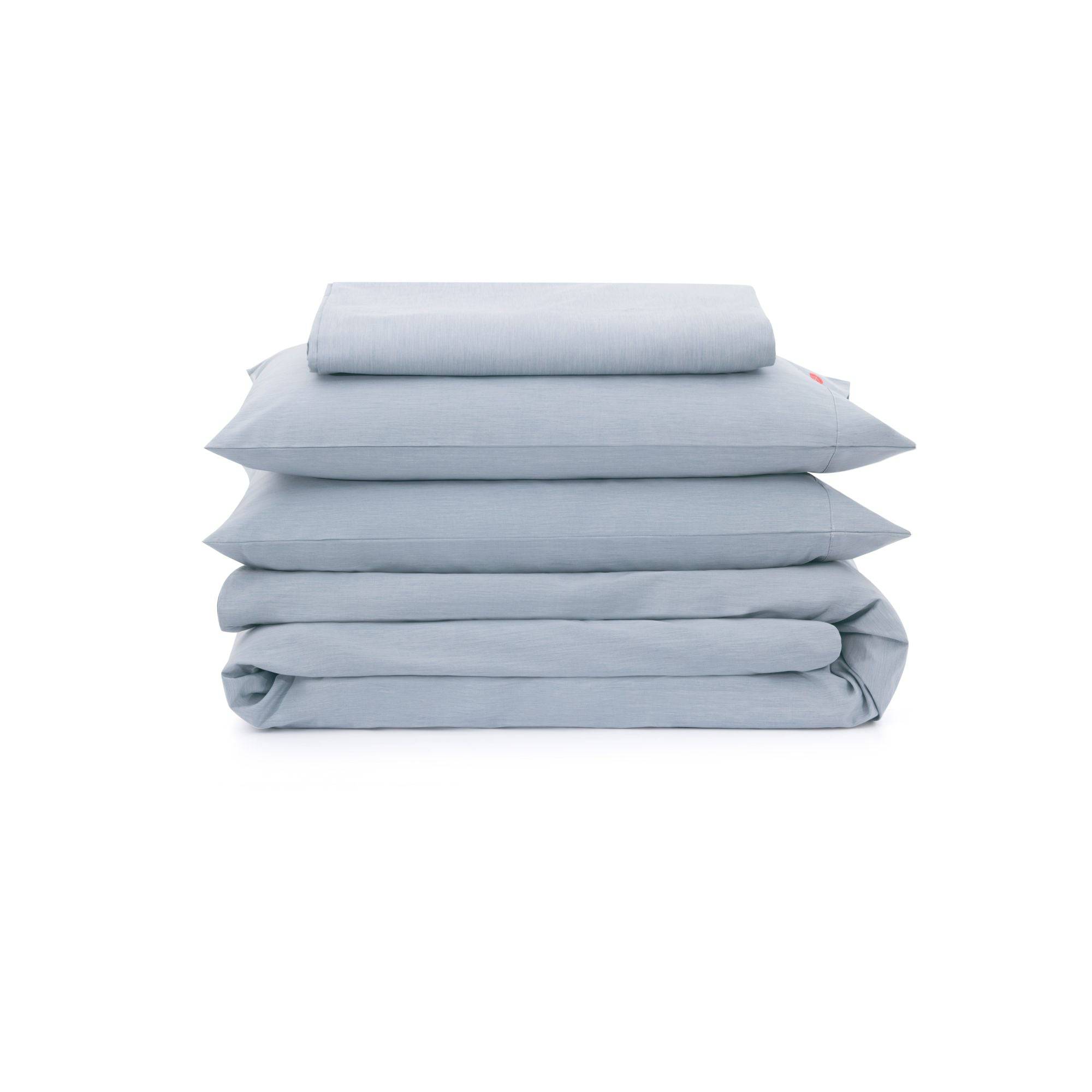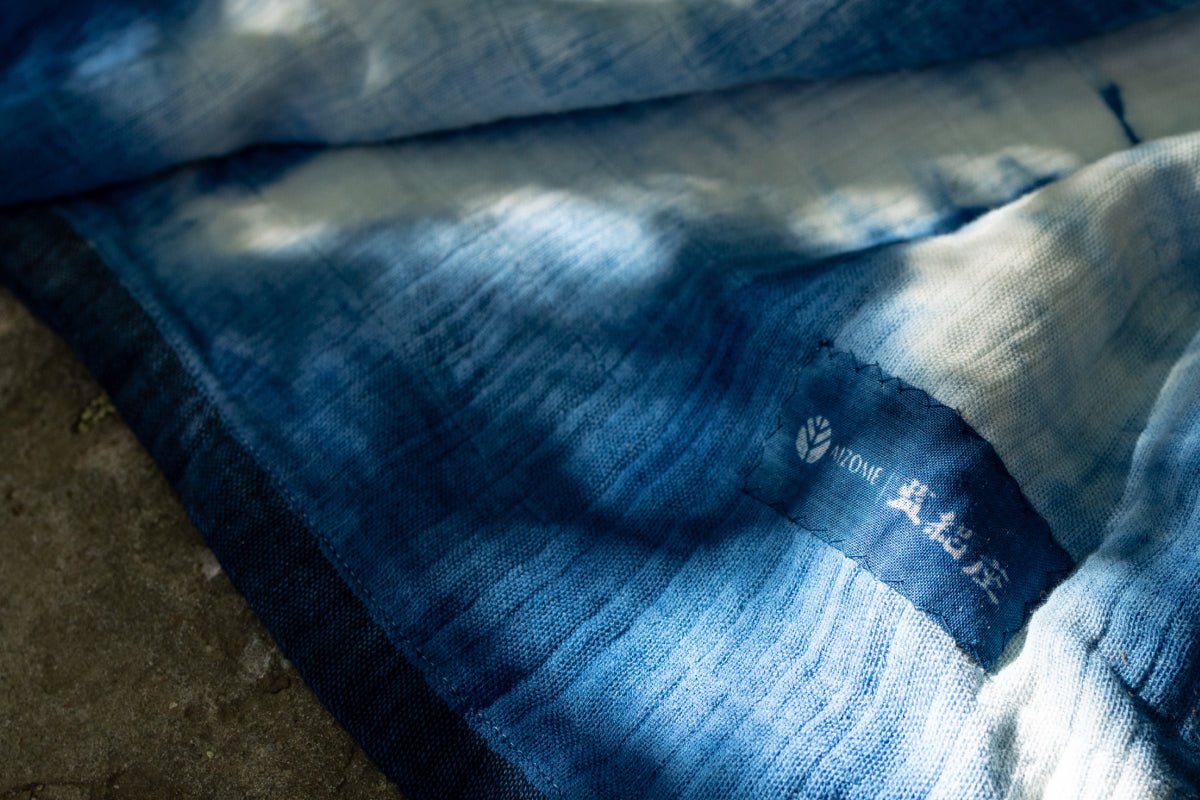Why this Matters
There are thousands of chemicals used in the manufacturing and dyeing of textiles. Many of these chemicals are allowed without a full understanding of the impact they have – immediate or long-term. Others persist even though they are known carcinogens. Many of these chemicals make fabrics softer, wrinklefree, flame retardant, or stain resistant, or they allow higher color uptake. These are qualities that consumers have been told indicate quality.
There is a long history of commonly-used and lauded chemicals turning out to be toxic. Consider DDT, Sheele’s Green, Asbestos, Azo dyes, and now, PFAS, which are estimated to pollute not only global drinking water and food supplies, but also 98% of Americans’ blood.
Numerous studies have shown that the trade-off for these soft, vibrant, wrinkle-free, water-resistant products is severe. PFAS, Azo dyes, flame retardants, formaldehyde, dioxins, biocides and heavy metals in textile are granted intimate access to our skin and, through industrial wastewater and household laundry, our water supplies. These chemicals are linked to documented health and environmental concerns, including:
- Exposure to carcinogenic compounds
- Disruption of human DNA
- Negative impact to reproductive health
- Neurological damage
- Skin rashes and irritation
This has been known for a long time. A 1978 study by Blum et al, demonstrated the rapidity and longevity of dermal absorption of chemicals in textile. In this study, pajamas containing a flame retardant were worn by children during sleep (8 hour exposure period). The following morning researchers observed a fifty-fold increase in the metabolite 2, 3-dibromopropanol, detected in the childrens’ urine. “After changing to a pajama free of the substance, the urine concentration of the metabolite slowly decreased, but, after five days, it was still twenty times higher compared to the initial concentration.” ¹
Alarmingly, flame retardant bedding and sleepwear is still often marketed as beneficial. Azo dyes still pollute our waters. Even “organic textiles’’ may contain hidden synthetics, whether in the form of “low-impact dyes” or finishing agents.
Conversely, AIZOME sheets contain zero synthetic ingredients or chemicals, and are the only bed sheets to be recognized by the National Eczema Association (NEA) as a product that provides benefits for people with eczema and sensitive skin.
By refusing synthetics in textile and dye, we not only take a stand to protect both human health and the environment, we take a stand, shoulder to shoulder with our peers and you, to demand transformation of the entire industry.
_
¹ Luongo, Giovanna. “Chemicals in textiles: A potential source for human exposure and environmental pollution”, Stock-holm Uni., 2015







 Bedding
Bedding
 Clothing & Accessories
Clothing & Accessories
 Artisan Line
Artisan Line



Leave a comment
This site is protected by hCaptcha and the hCaptcha Privacy Policy and Terms of Service apply.